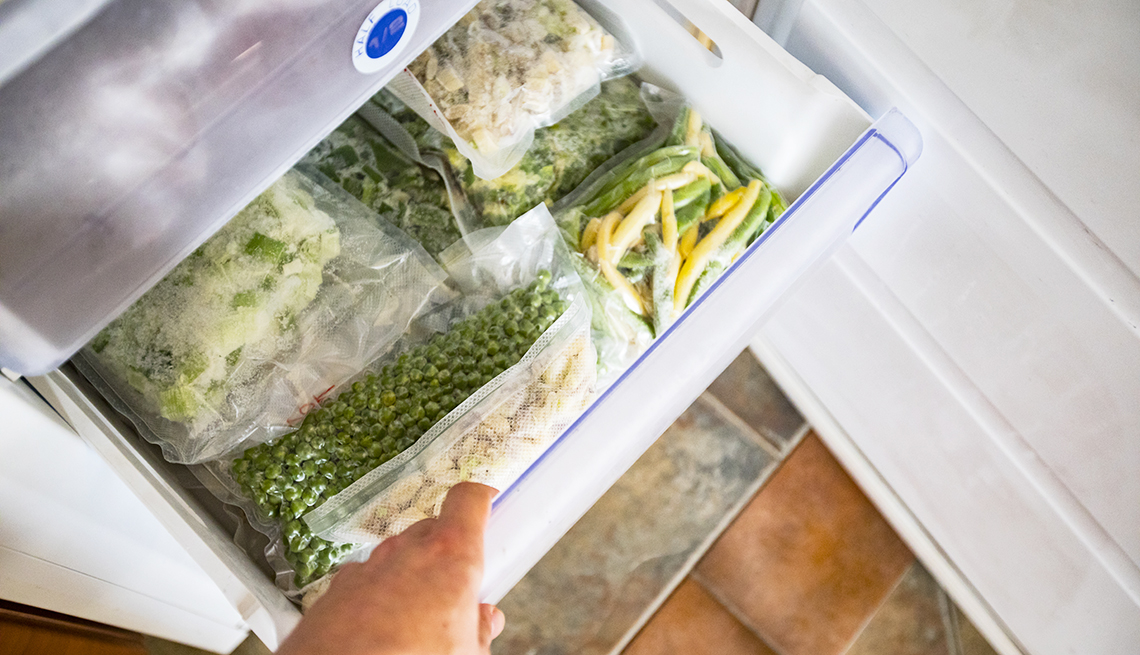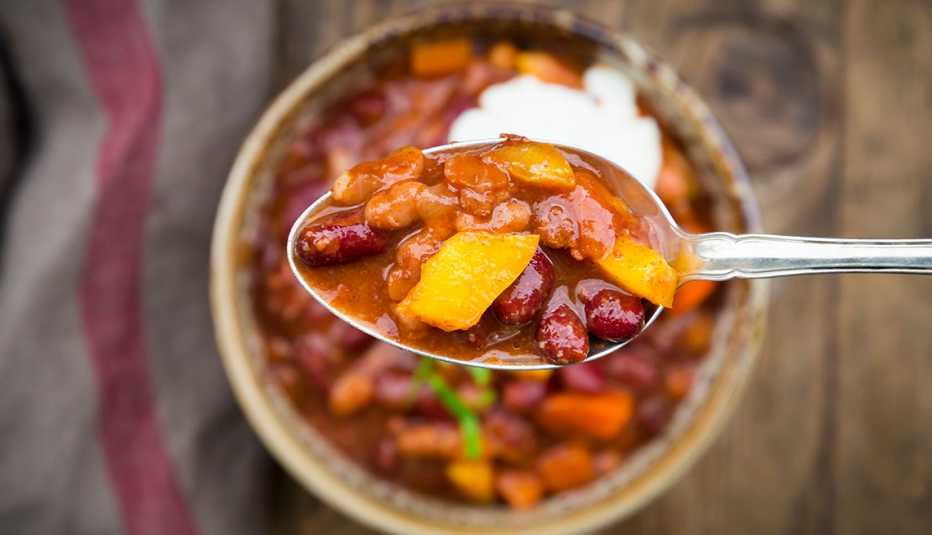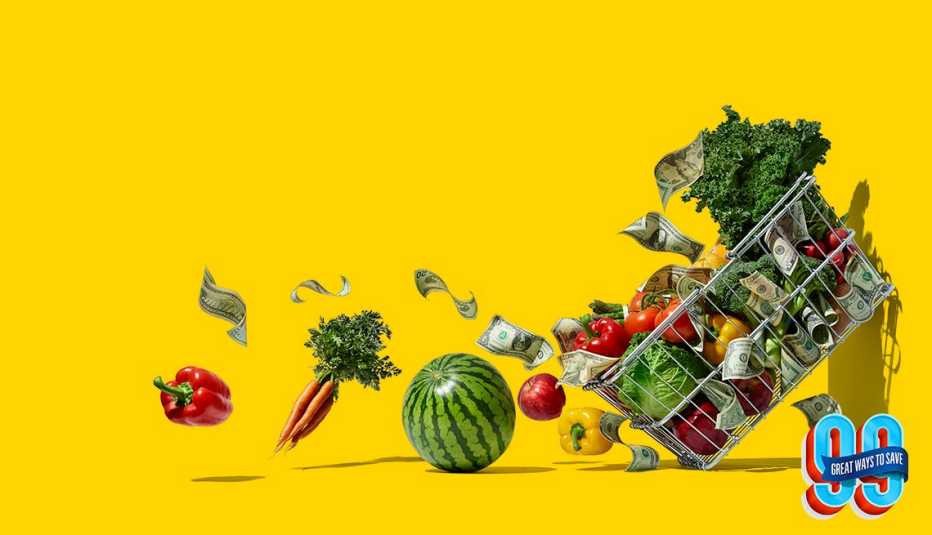AARP Hearing Center
When COVID-19 hit, many people realized that freezers could do much more than hold a few frozen pizzas and ice cream. It became an essential part of food storage in the kitchen and a way to prepare in an increasingly erratic time.
When it comes to shortages of certain food items, limiting trips to the grocery store to prevent virus exposure, and stocking up on prepared meals in case of illness or to deliver to a struggling friend, the freezer plays an essential role.
But keep a few things in mind so you end up with the ingredients you need or a delicious meal, while avoiding dreaded freezer burn. Here's how to get the most out of your cold food storage.
Avoid freezer burn
To stave off the icicles that can make their way into frozen foods, make sure you are freezing items properly. For starters, always freeze food once it has cooled down, not while it's still hot. Make sure you get as much air out of your storage container as possible and seal tightly to prevent air from getting in and causing freezer burn.
You don't need fancy packaging to freeze things. Plastic “freezer bags can work great for things like soup, plus they can freeze flat so they take up less room,” says executive chef Jeff Stamp of Hampton + Hudson in Atlanta.
If you are freezing leftovers, wrap them in foil first for extra protection before putting them into a zip-top plastic bag. A vacuum sealer to suck all the air out helps food last just a little bit longer.
You'll also want to make sure to freeze what private chef Ian Martin calls “mono meals,” or each type of food separately, since you'd typically reheat at the same temperature and time. If, for example, you've frozen a meal of pork chops, green beans and potatoes all in the same container, reheating can get tricky. “It's the worst when you have a perfect burger, but your broccoli is overheated and gummy,” Martin says.






































































